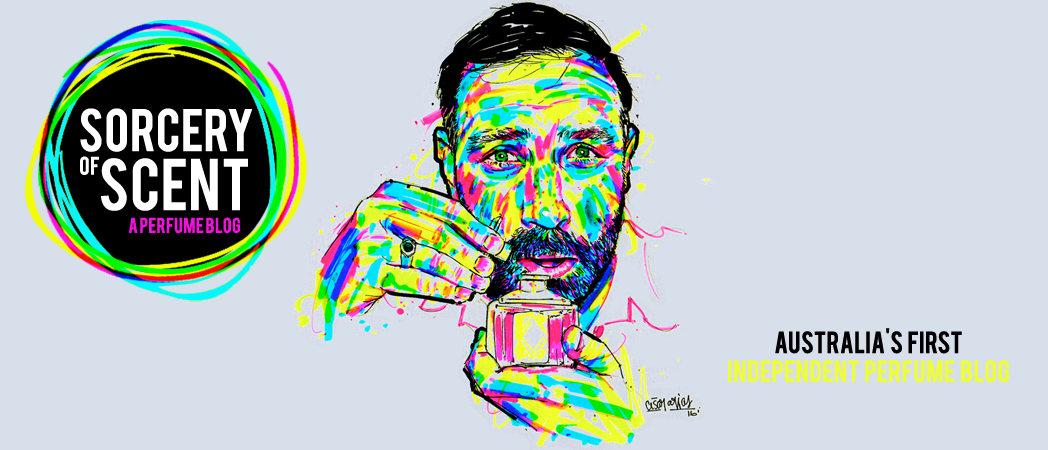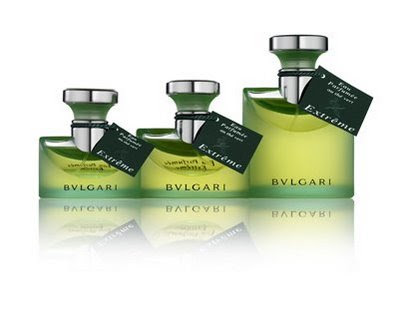
When creating the third women's scent under his exclusive "Juliette Has a Gun" brand, Romano Ricci had a vast history in perfumery to draw upon. With family ties rooted firmly to the French perfume/cosmetics powerhouse Nina Ricci, the architecture of Citizen Queen demonstrates that Romano is indeed of excellent stock. Juliette Has a Gun is a brand that celebrates dominant femininity, where Shakespeare's heroine Juliette has been used as a muse; only she has been reinterpreted and refashioned for the 21st century.
Teaming up with renowned nose Francis Kurkdjian, Ricci has created a modern day chypre for contemporary femme fatales. The composition is based around sumptuous rose and animalic leather, and its plentiful use of shimmering aldehydes liken it in many ways to vintage French creations such as Chanel No.5. But whilst Citizen Queen lifts her pistol to tip her hat to the perfume traditions of yesteryear, she stands firmly with her stockinged foot planted in the here and now. The scent opens with wonderful florals and luminous aldehydes that rush to fill the back of the nose. Iris, immortal flower and bulgarian rose engage in a three-way tango across the floor of this perfume, whilst warm amber and soft leather smoke silently in the shadows. There is a wonderful transitory period where this leather accord features... slightly bitter and animalic in nature, it delicately suggests the odours of tanneries from whence the leather has been sourced. Here one can detect something dirty and intriguing beneath the surface... perhaps if Chanel No.5 and Agent Provocateur were to produce an illegitimate lovechild, Citizen Queen would be it.
She displays all the characteristics of being a conservative little Daddy's girl by day, and a pistol-packing coquette by night.
This scent, marketed toward women, could also be worn by a man looking for something avante garde, straddling the line between the masculine and the feminine; the old and the new. In terms of persistence, it will offer 8-10 hours of wear... and, much like the modern day gun-toting heroine herself, Citizen Queen will demand your attention and your respect.






